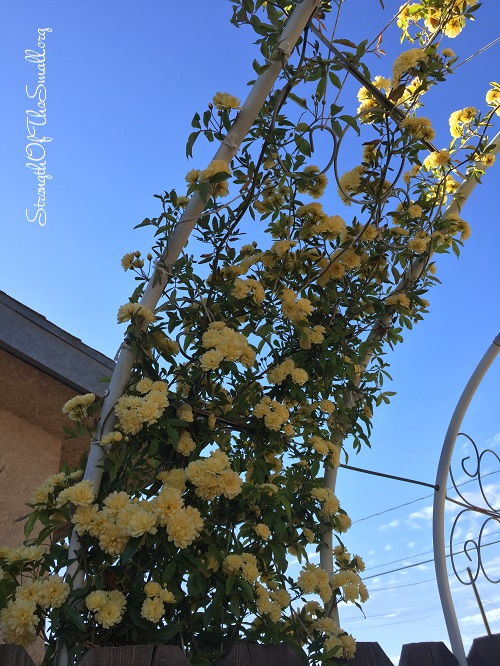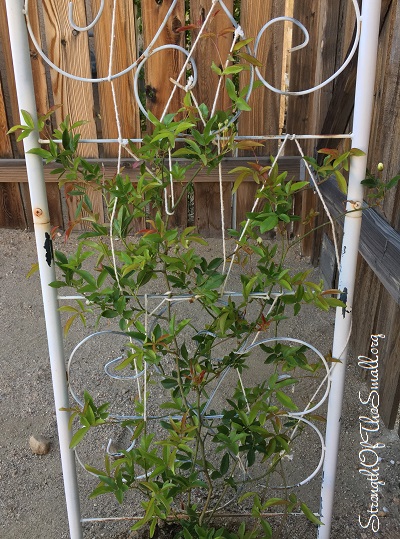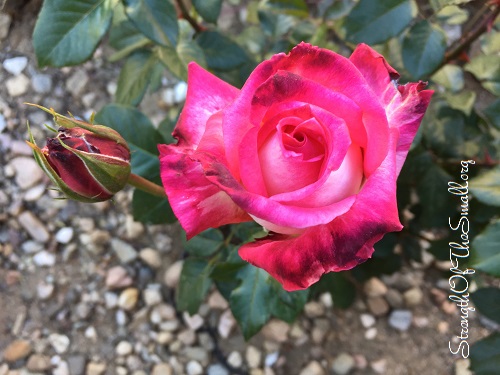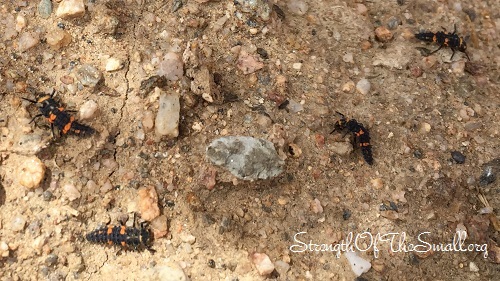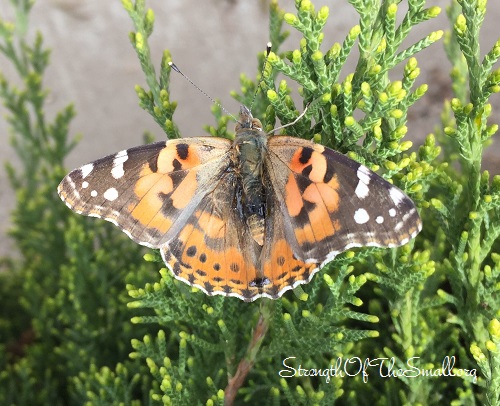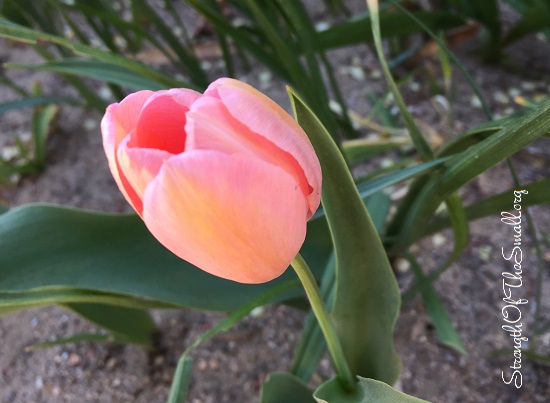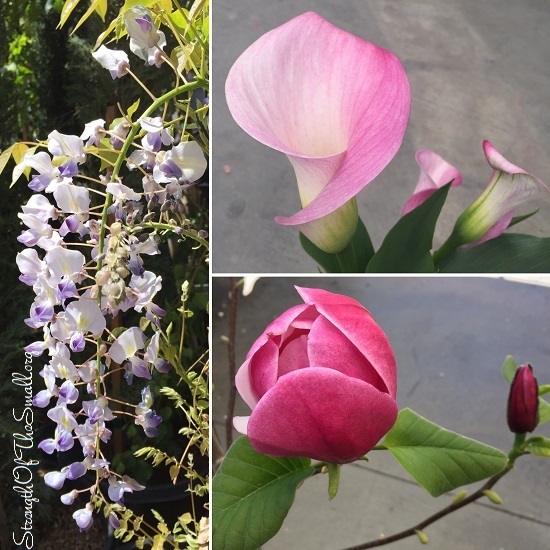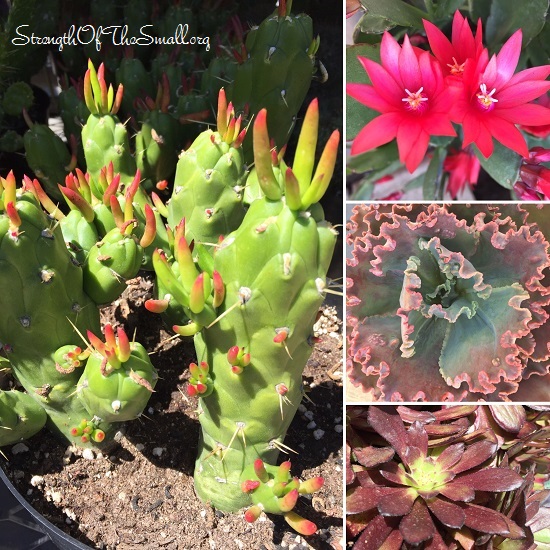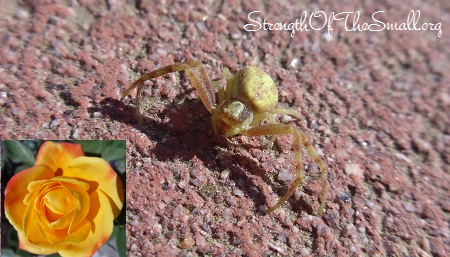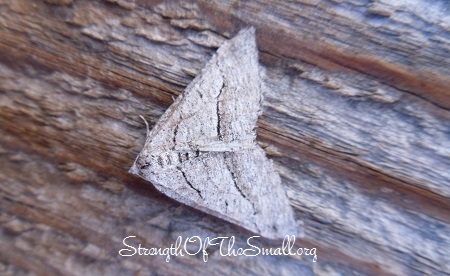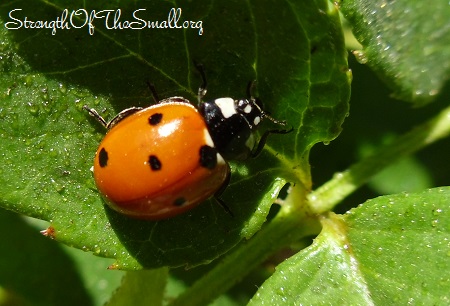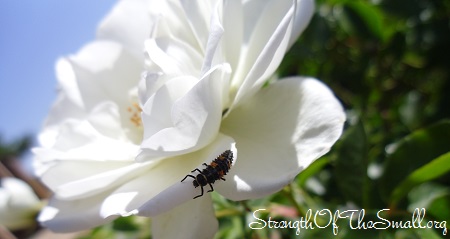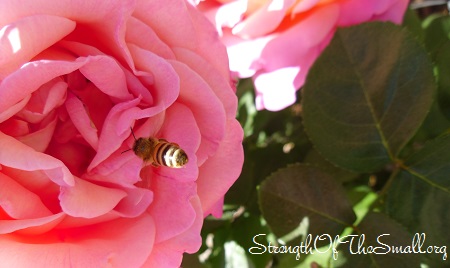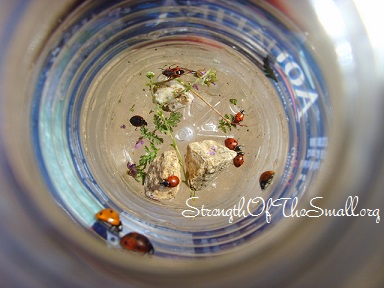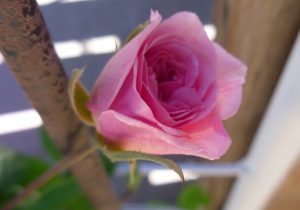I do not know about the rest of you, but we are enjoying the warm weather here. This week has been really good and we accomplished so much around the yard. With most plants flowering all around my property at the same time, I am realizing that most of them are yellow. From Daylilies, Rose trees, Climbing roses, Gladiolus, Gopher plants, Silvery Cassia, Yellow bird of Paradise bush, Green Feathery Senna, California Poppy, to Scotch and French Broom shrubs, … etc!
Spartium Junceum, also known as Spanish Broom, Rush Broom and Weaver’s broom, is a medium sized shrub which produces clusters of abundant bright yellow pea-like flowers. Spanish Broom is closely related to the other Brooms, with the exception of the honey-vanilla scent that the flowers from the Spanish Broom emit. They are drought tolerant and deer resistant.
This evergreen shrub is self-sowing and due to its prolific seed production, has been classified as a noxious weed. The plant is poisonous to humans and livestock.

I love ladybugs and I love the fact that they are beneficial garden insects. They are a favorite to gardeners, as they help keep garden pests at bay. Some ladybugs are omnivores, feeding on soft bodied insects such as mealybugs, aphids, scale insects, spider mites, eggs of the European corn borer and Colorado potato beetle. Other ladybugs are herbivores, feeding only on plant material and fungi, such as mildew. Ladybugs lay many eggs and the larvae immediately begin to feed as soon as they hatch.
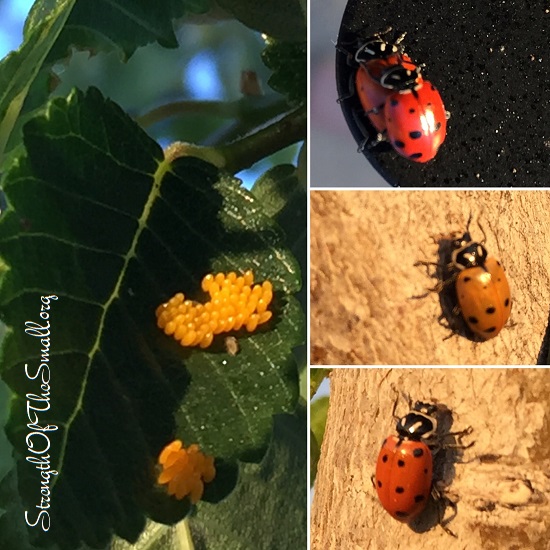
As the weather warms up, Black Widow Spiders come out.
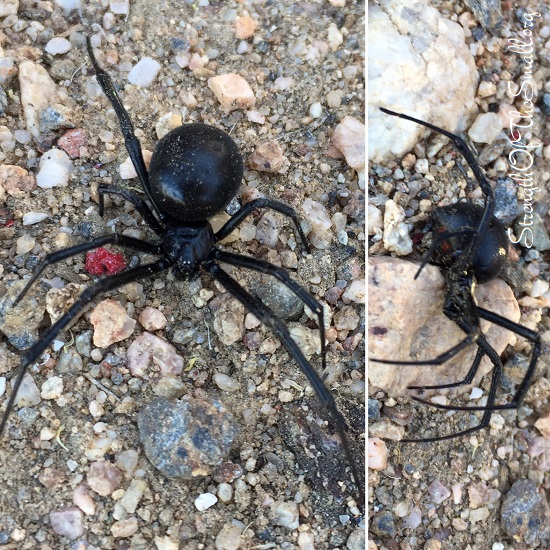
I spotted a lone Green Stink Bug (Chinavia Halaris), also known as Say’s Stink Bug on a Daylily Bud.
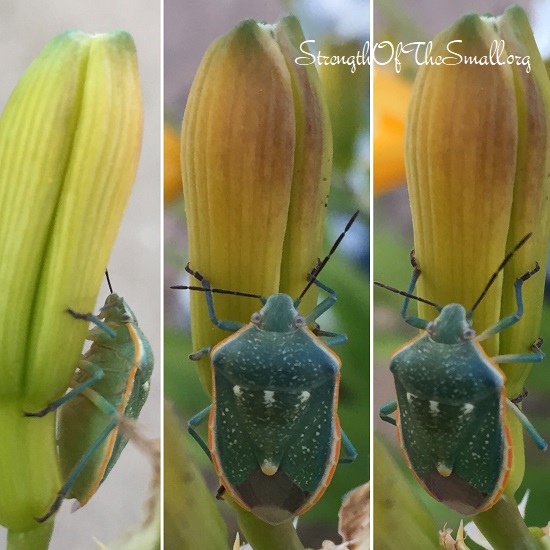
Mosquitoes too, love warm temperatures. We had a pretty wet late Winter and early Spring, and along came mosquitoes. Click here to learn how to protect yourselves.

So far is it a good year for all the plants in my gardens. The amount of rainfall we’ve had since the beginning of the year has made a huge difference by giving everything a good start.
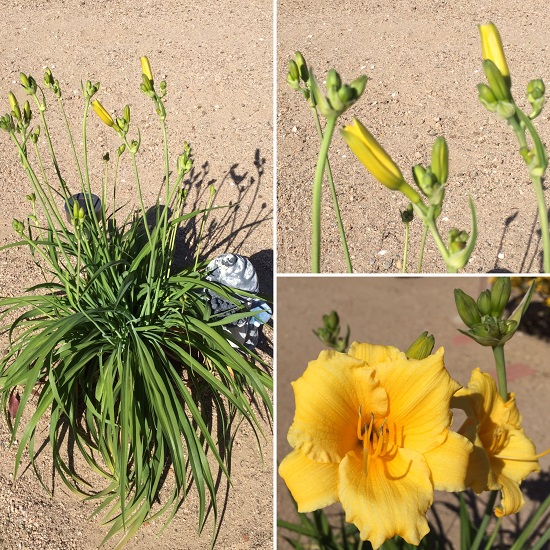
I hope you are all enjoying the warm weather while being productive and staying safe.

